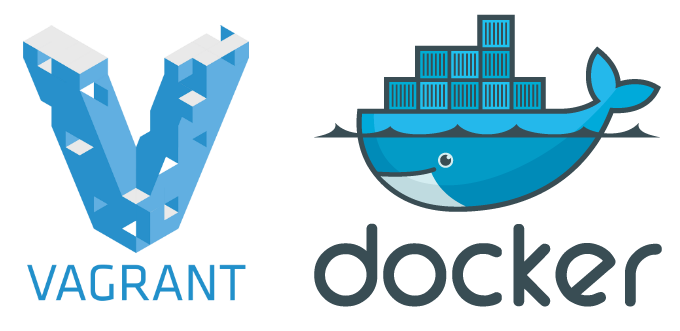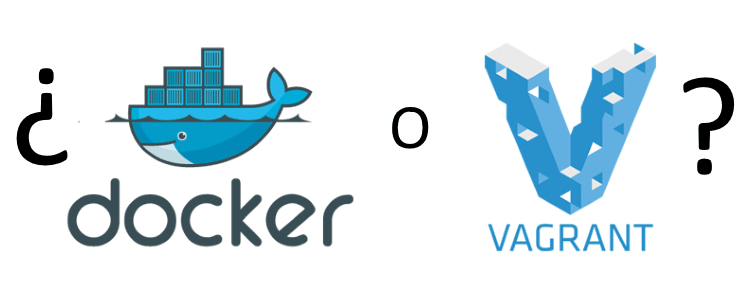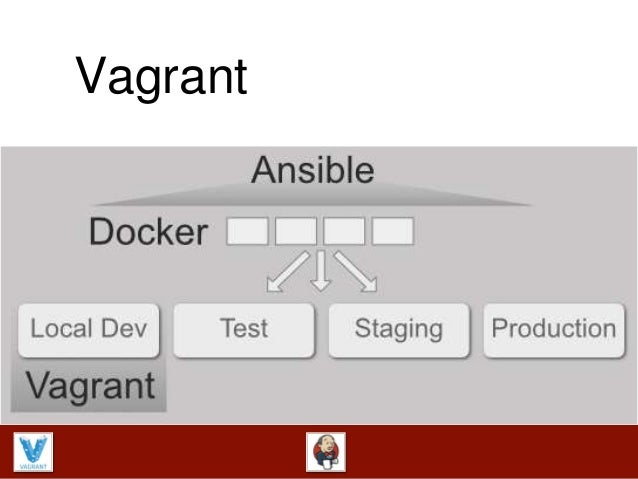
# default application when exec “docker run … “ RUN echo "deb precise universe" > /etc/apt/sources.list RUN add-apt-repository ppa:chris-lea/node.js
#Vagrant vs docker install
RUN apt-get install -y python-software-properties python # A simple example of Dockerfile to run node.js. For example, to run/stop applications on Docker, a user simply enters the command: Docker is a great tool for these kinds of applications, due to its easy-to-use interface, fast launching and small resource overhead.Ī significant benefit of Docker in deploying/running applications in containers is its simple and developer-friendly command line interface. These services may run in multiple virtual machines and are ephemeral according to clients demands. Today, modern distributed applications, especially web applications, are typically built using a set of loosely coupled services, with rapid development and deployment cycles. You see this where both web servers and database servers run in one (1) virtual machine. Along those lines, for the sake of efficiency, stacks of applications were packed within a virtualized machine. Ten years ago, most virtualized applications were thought to have a long life, and they were to be carefully maintained throughout their life cycle. Docker follows the paradigm shift in virtualization technology in recent years. The goal of the Docker project, as stated by Solomon Hykes, is “o build the ‘button’ that enables any application to be built and deployed on any server, anywhere.“ Docker has been widely accepted since its public release, especially in the DevOps community. The Docker project is created by Solomon Hykes in dotCloud (now docker.io) and released as an open source project in March 2013.

Architecture of traditional virtual machine Figures 1 and 2 illustrate the architecture of Docker, as compared to a traditional VM environment.įigure 1. A Docker engine that is responsible for running containers also provides the mechanism to host and distribute container images conveniently. But Docker is more than a mere wrapper of containers.
#Vagrant vs docker software
It provides a layer of abstraction to automate creating, deploying, and running software containers.īasically, Docker can provide consistent, reproducible, disposable containers that enable components to run on different machines, while sharing CPU and memory underneath and providing TCP/IP forwarding and file systems shared between containers.ĭocker builds on container technology, and its early version uses Linux Container as the virtualization engine.

Dockerĭocker is an open source platform used to automate the development cycle of applications inside software containers.
#Vagrant vs docker how to
We’ll use two real-world examples to demonstrate how to integrate both technologies to build a better development environment.

By comparing major features of both technologies, we advocate for combining them, as opposed to using one or the other exclusively. In this article, we briefly introduce VM and container management tools, Vagrant and Docker, with a focus on their concepts and workflow. Virtualization technology, such as virtual machines (VMs) and containers, can handle these problems effectively, but they are often difficult to use in real-world development processes due to the lack of appropriate tools for developers.

Modern distributed application development often faces two problems:


 0 kommentar(er)
0 kommentar(er)
